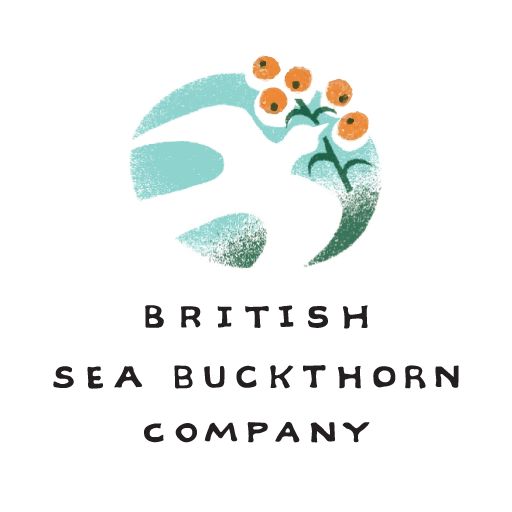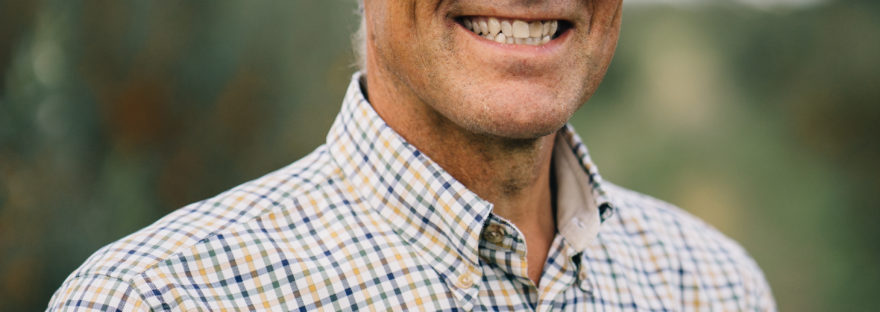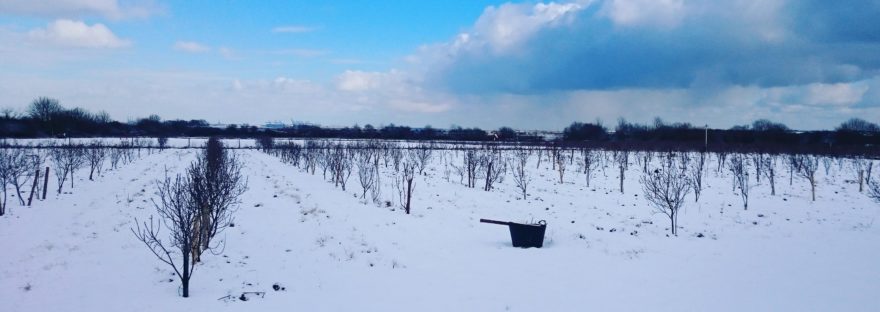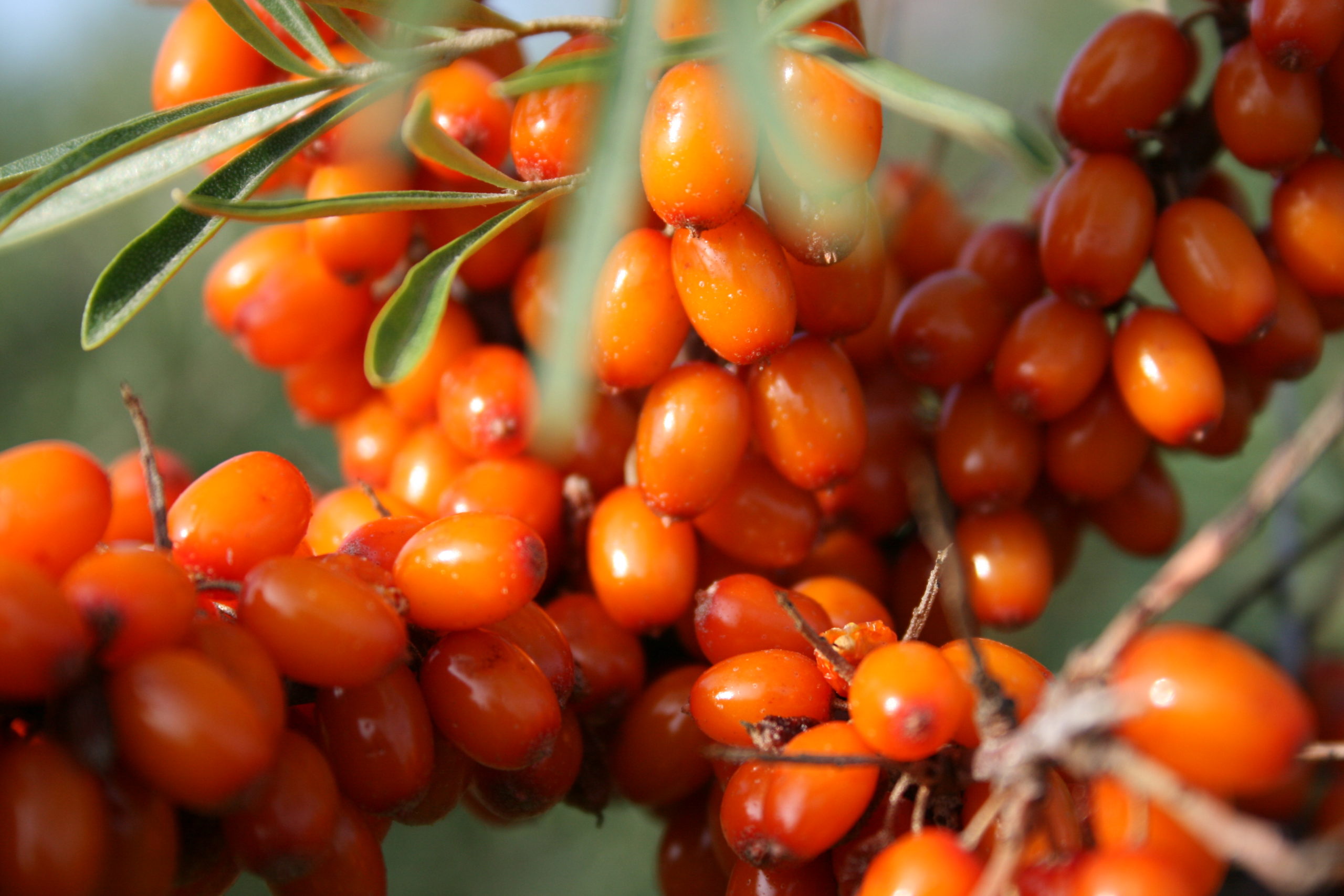A blog post from David
Change is an issue that governs life. As another storm passed this weekend the sun has returned seeming to bring on spring. This is a crucial time of year for us. Our first research into sea buckthorn started in 2006. Then the challenge was from where to source plants. By 2009 we had the six German female varieties and three Finnish. Wild UK sea buckthorn we recognised as very thorny making picking a painful exercise. When it became apparent that thornless varieties had been bred in Siberia this had to be seen as the future. These varieties had been adopted in Canada and seemed to also offer higher yields, larger berries and higher natural sweetness.
Farming is about working within a natural environment to produce a natural product. The term – we are what we eat, makes growing sea buckthorn such an exciting prospect. Its berries, leaves and even its bark offer natural benefits that can help to preserve health. The fact we are developing a healthy product makes us look to what consumers are wanting. As we move into a new year the food and drink experts put forward their ideas as to what is trending. There are no real surprises as trends evolve over time, but health does seem to be on most people’s minds. One trend relates to an aging population recognising how healthy food can influence mental and physical health. 40 to 54 years olds demand snack foods that satisfy hunger but also boost nutritional needs. Instant access to internet knowledge has made younger generations more knowing on quality. Maybe this is a factor in that choosing products that promote gut health is becoming mainstream.
Within this mix there has been no mention of the words natural, nor organic. I would like to believe that there is a link that healthy food tends to have fewer ingredients that are more traceable and that foods are becoming less processed and closer to their natural roots. We grow our sea buckthorn organically because it offers complete clarity in that it is a food that is a product of the natural environment. The nutrients within the berry have evolved over thousands of years that has been appreciated to provide a health benefit because of the ability for each nutrient to work in synergy with each other. If we introduced any additional chemicals into the growing environment we risk breaking that natural formulation.
At the start of this post I mentioned that this is a crucial time of year. For two years now the weather in early March has blown through our orchard and dispersed pollen, not between our male and female plants – but to the wind. No pollination means no fruit. So this coming week we will start a trial to put up windbreaks to break the wind tearing through the plants. It is another example that in farming, progress relates to the annual cycle. Each year exposes a problem – that can only be solved as the following year comes around.



